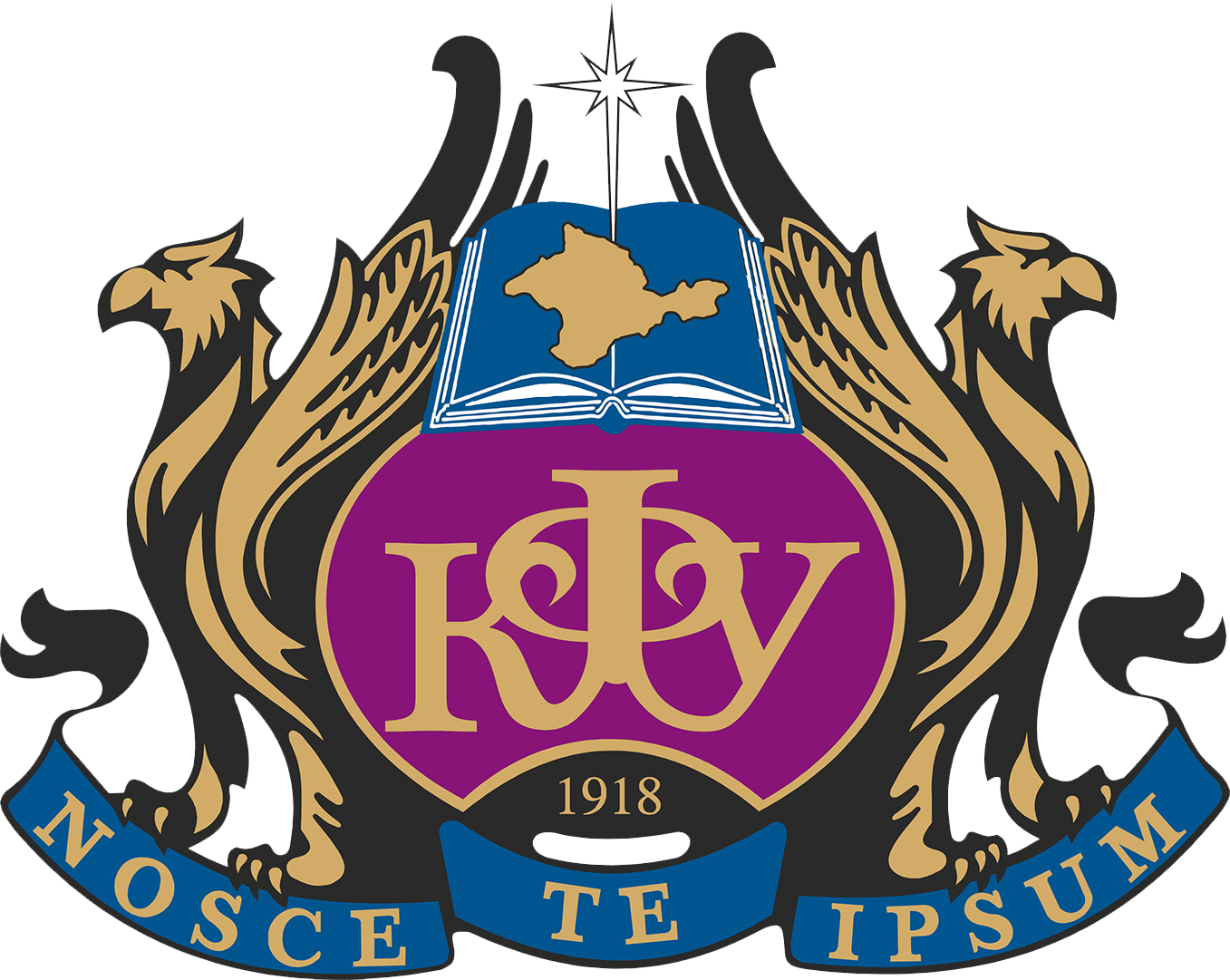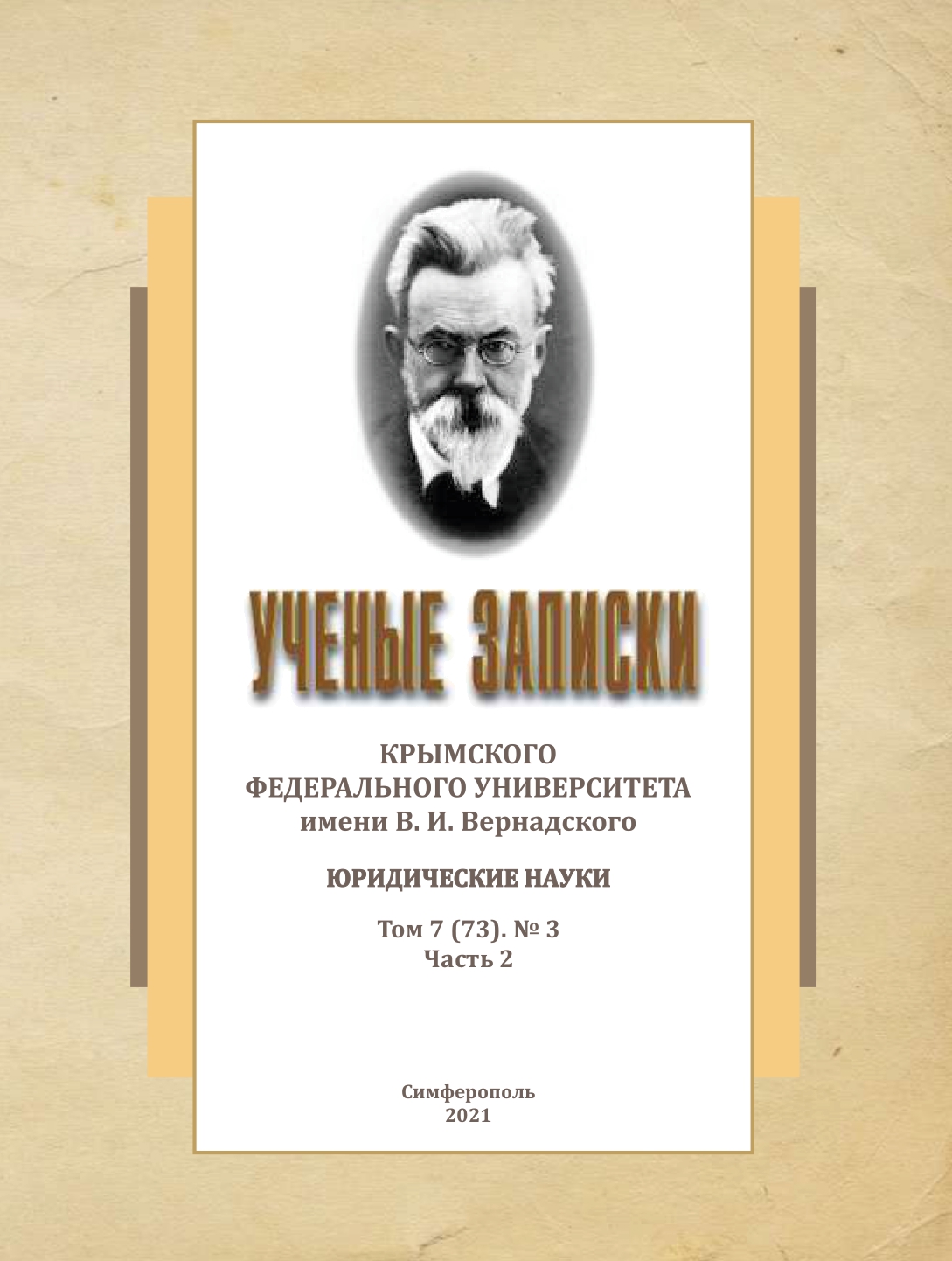В статье рассматривается методологические проблемы происхождения государственности. Внимание заостряется на анализ отдельных регионов в моменты формирования политий. Проанализированы отдельные проблемные аспекты становления структуры общества в Теотиуакане. Указывается, что поиск централизованных моделей управления ни к чему не привели, а вместо этого появляется все больше сведения в пользу гетерархичной системы управления. Приводятся проблемы интерпретаций возникновения государства в долине Оахака. Оценивается роль долины Оахака в формировании государственности в Мезоамерике.
Мезоамерика, государственность, сапотеки, Теотиуакан, долина Оахака, Монте Альбан
1. Carballo, David. (2013). The social organization of craft production and interregional exchange at teotihuacan. Merchants, Markets, and Exchange in the Pre-Columbian World. pp. 113-140.
2. Cecelia F. Klein, Eulogio Guzmán, Elisa C. Mandell, and Maya Stanfield-Mazzi The Role of Shamanism in Mesoamerican Art: A Reassessment // Current Anthropology, Vol. 43, No. 3 (June 2002), pp. 383-419
3. Christina Elson Cultural Evolution in the Southern Highlands of Mexico: From the Emergence of Social Inequality and Urban Society to the Decline of Classic-Period States // The Oxford Handbook of Mesoamerican Archaeology Edited by Deborah L. Nichols, pp.231-246
4. Cowgill, George L. Ancient Teotihuacan : early urbanism in Central Mexico / George L. Cowgill, Arizona State Universit, 2015
5. David M. Carballo Power, Politics, and Governance at Teotihuacan // Teotihuacan : the world beyond the city / Kenneth G. Hirth, David M. Carballo, and Barbara Arroyo, editors, Dumbarton Oaks, 2020, pp.57-96
6. Deborah l . Nichols City, State, and Hinterlands Teotihuacan and Central Mexico// Teotihuacan : the world beyond the city / Kenneth G. Hirth, David M. Carballo, and Barbara Arroyo, editors, Dumbarton Oaks, 2020, pp. 227-277
7. Deborah L. Nichols, Hector Neff and George L. Cowgill (2013). Cerro Portezuelo: states and hinterlands in the Prehispanic basin of Mexico. Ancient Mesoamerica, 24, pp 4771 doihttps://doi.org/10.1017/S0956536113000035
8. Demarest, Arthur A Ideology in Ancient Maya Cultural Evolution: The Dynamics of Galactic Polities. In Ideology and Pre-Columbian Civilizations, edited by Arthur A. Demarest and Geoffrey Conrad, pp. 135-157. School of American Research Press, Santa Fe, 1992
9. Guillén, Ann Cyphers. «Women, Rituals, and Social Dynamics at Ancient Chalcatzingo.» Latin American Antiquity 4, no. 3 (1993): 209-24. Accessed January 28, 2021. doihttps://doi.org/10.2307/971789.
10. Guy David Hepp La Consentida: Initial Early Formative period settlement, subsistence, and social organization on the Pacific coast of Oaxaca, Mexico Ph.d. thesis University of Colorado 2015
11. Inomata, T., Triadan, D., Vázquez López, V.A. et al. Monumental architecture at Aguada Fénix and the rise of Maya civilization. Nature 582, 530-533 (2020). https://doi.org/10.1038/s41586-020-2343-4,
12. James Borowicz. (2003) Images of Power and the Power of Images: Early Classic Iconographic Programs of the Carved Monuments of Tikal. In Geoffrey Braswell (Ed.), The Maya and Teotihuacan: Reinterpreting Early Classic Interaction (pp.217-234). Austin, TX: University of Texas Press.
13. Laporte, Juan Pedro. (2003). Architectual Aspects of Interaction Between Tikal and Teotihuacan During the Early Classic Period. In Geoffrey Braswell (Ed.), The Maya and Teotihuacan: Reinterpreting Early Classic Interaction (pp.199-216). Austin, TX: University of Texas Press.
14. Linda R. Manzanilla Citation Tools Cooperation and tensions in multiethnic societies // Proceedings of the National Academy of Sciences Jul 2015, 112 (30) 9210-9215; DOI:https://doi.org/10.1073/pnas.1419881112
15. Marisol Cortes Rincon A Comparative Study of Fortification Developments Throughout the Maya Region and Implications of Warfare, Doctoral Dissertation, The University of Texas at Austin, 2007, p.84-180
16. Mixtecs, Zapotecs, and Chatinos: ancient peoples of southern Mexico/Arthur A. Joyce, John Wiley & Sons Ltd, 2010.
17. Phillip Julius Wanyerka Classic Maya political organization: epigraphic evidence of hierarchical organization in the Southern Maya mountains region of Belize, ph.d. dissertation, 2009.
18. Plunket, Patricia, and Gabriela Uruñuela. «Where East Meets West: The Formative in Mexico’s Central Highlands.» Journal of Archaeological Research 20, no. 1 (2012): 1-51. Accessed January 22, 2021. http://www.jstor.org/stable/41410939.
19. Smith, Michael E. » The Teotihuacan Anomaly: The Historical Trajectory of Urban Design in Ancient Central Mexico», Open Archaeology 3, 1 (2017): 175-193, doi: https://doi.org/10.1515/opar-2017-0010
20. Teotihuacan and Oaxaca: Assessing Prehispanic Relations (Gary M. Feinman and Linda M. Nicholas, 2020). In Teotihuacan, The World Beyond the City, edited by Kenneth G. Hirth, David M. Carballo, and Barbara Arroyo, pp. 331-369. Dumbarton Oaks, Washington, DC
21. Wahl, D., Anderson, L., Estrada-Belli, F. et al. Palaeoenvironmental, epigraphic and archaeological evidence of total warfare among the Classic Maya. Nat Hum Behav 3, 1049-1054 (2019). https://doi.org/10.1038/s41562-019-0671-x
22. Widmer, R.J., Storey, R. Skeletal health and patterns of animal food consumption at S3W1:33 (Tlajinga 33), Teotihuacan. Archaeol Anthropol Sci 9, 51-60 (2017). https://doi.org/10.1007/s12520-016-0417





